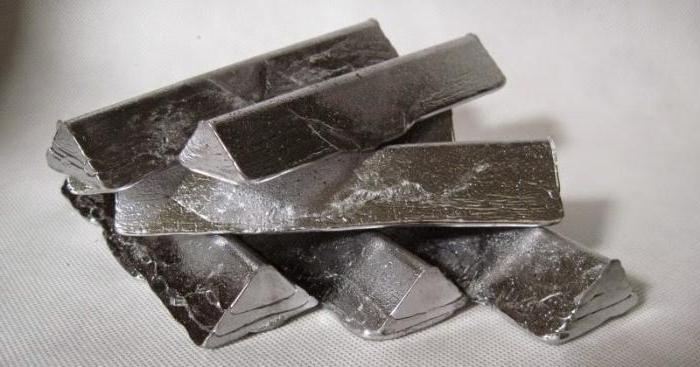What is a cartel? Definition, examples
The term "cartel" is known to many from the films about the mafia. It is in the cinema that this word is often used to define criminal groups that are united by the same interests. Meanwhile, there is a very clear definition. What is a cartel and what are its features, the history of its appearance? Let's talk about this.
What is a cartel? Definition
A cartel is a form of association of enterprises under a special agreement. The participants of the formed cartel can determine in the contract the conditions for the sale of their products, the division of the market, the conditions for hiring workers, the sources of raw materials, and the general policy of pricing. Some companies, within the framework of the agreement, share technologies and expand their spheres of influence in the market. At the same time, their production and financial independence remains.
The purpose of creating a cartel is to achieve economic growth and stabilize the market situation by regulating competition between companies participating in the formed cartel. Also, a similar technique is used to suppress external competition and eliminate competitors in the market. So now we understand what a cartel is. The definition of this phenomenon is quite simple, but many different subtleties still exist.
The emergence
The German term "cartel" was common in continental Europe. In English-speaking countries, the words "trust" or "pool" corresponded to it. Agreements between market participants slowed it down, so some countries issued laws prohibiting companies from entering into certain agreements with each other.

The Sherman Antitrust Act first appeared in the United States in 1890. He defines a trust as a conspiracy between companies. However, the term "trust" itself did not catch on. In the economic and theoretical literature, the definition of "cartel" is most often used. It is also known that such a concept is used in Russia. In 2011, the third antimonopoly package prohibited the conclusion of agreements between market participants on:
- Prices.
- Bidding.
- Creating a deficit.
- Market section.
- Boycott of buyers.
These bans can be extremely inconvenient for certain companies, but they contribute to the development of the market itself and economic growth.
Types
Now that we know what a cartel is and what the definition is, we can talk about the types of existing forms of business combinations. Almost all countries consider two types of cartels: vertical and horizontal.

The latter represent collusion of firms in the same industry. The purpose of such collusion is to create a monopoly in the market and obtain more profit by limiting competition. As a rule, this involves fixing prices for certain goods, limiting production volumes, and dividing the market. All these actions on the part of the participants negatively affect the market itself, its economic development. This leads to higher prices for certain goods and can even lead to shortages. Due to the uselessness to improve the quality and surpass its competitor in terms of the quality of products supplied to the market, there is a slowdown in development, an inhibition of innovation, etc.

If anti-competitive agreements are concluded between companies at different levels of the process of selling and producing goods, then this type of cartel is called vertical. The consequences of such agreements are also negative for the development of the market, as in the first case, but in general they are less dangerous, since initially the competition between companies of different levels is too weak. However, such agreements also fall under the definition of "cartel", and that such agreements are unacceptable is known to all market participants.
What is a cartel in history?
History provides excellent examples of why anticompetitive agreements should not be tolerated. In the period from 1931 to 1946. there was a monopoly association that controlled a huge part of the tin mining in different countries.
In 1931, an interesting attempt was made between the privateers of the Tin Cartel to create a stir and increase prices. The essence of the method is simple: to artificially create a shortage of goods on the market, which is quite easy to do if there is control over production. This method was invented back in the 16th century by German merchants. At the same time, market participants not only reduced production, but also bought up a huge amount of tin, which sharply caused a jump in prices and a shortage of this product. A year later, all stocks were sold at fabulous prices, and sellers received super-profits.

Citizens are also well aware of what a cartel is in the history of Russia. You can recall the recent hype with salt and buckwheat, when prices for these products skyrocketed. However, it is not known whether these were attempts to implement the "tin scenario" or there really was a shortage of these products.
Medicinal conspiracy in Russia
In 2016, the media reported that the FAS Russia (antimonopoly service) revealed the activities of a cartel that supplied medicines. The parties to the agreement by all means prevented the reduction of prices for drugs and equipment, helping each other to keep prices high.
And although they took part in tenders for the supply of drugs and medical equipment to healthcare institutions, in fact, there was no competition. They only created the appearance of it, and in the end, government contracts were awarded at the initial cost to the bidder.

At the same time, one of the most massive cartels in Russia was identified, the participants of which supplied clothing items for the Ministry of Internal Affairs, the FSB, and customs authorities.
Unfortunately, in Russia they know very well from history what a cartel is. The definition of this concept is in the Federal Law No. 401-ФЗ dated 06.12.2011.
Syndicate
One of the most severe forms of cartel is the syndicate. With this form, the products of all market participants are sold through just one sales center, which belongs to the syndicate. That is, all manufacturers are obliged to supply goods to the syndicate, and the latter already sells it through its center. This makes it possible to control the market completely, which excludes the formation of competition on it. At the same time, the independent sale of products by individual members of the cartel is not allowed. For control, a variety of methods are used, sometimes they even do not hesitate to check at the manufacturer's gate.
Finally
Now you understand what a cartel is in history. A short definition of this phenomenon was given a long time ago, and although there are special anti-monopoly services today, there is collusion between companies in different industries. It is necessary to fight against this, because it is in the interests of the state to create a free market with healthy competition, which contributes to the economic growth of the country as a whole and stimulates the emergence of new manufacturing companies, attracting investments.
Popular
- The bull and the bear on the stock exchange: the beastly face of the stock market
- Stages of opening a private dental office
- How to open your own store - step by step instructions for beginners + real life example
- Sales revenue - formula and concepts
- What is the difference between margin and profit - calculation formulas
- Advice 1: How to switch from simplified to a system with VAT payment
- Car depreciation - what is it?
- Yesterday's business: 7 main problems of modern realtors :: Opinions :: RBC Real Estate
- What is the difference between public and non-public types of joint stock companies, partnerships and cooperatives?
- Simple business - private household plots (personal subsidiary plots)




